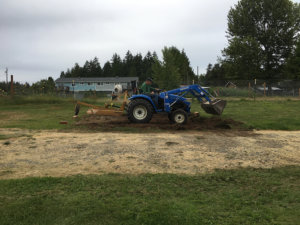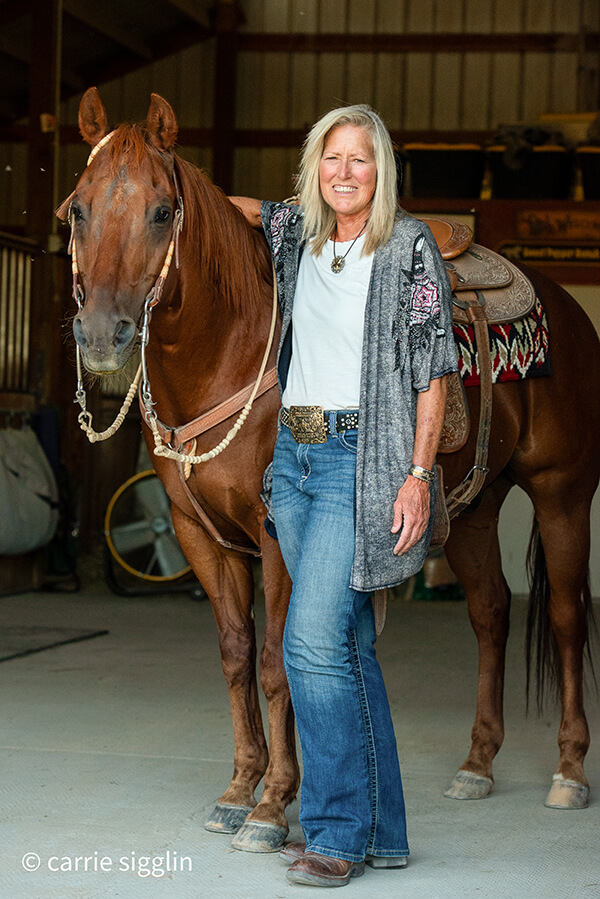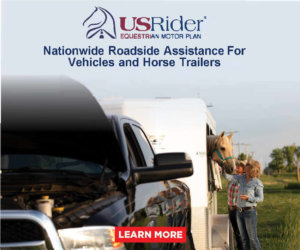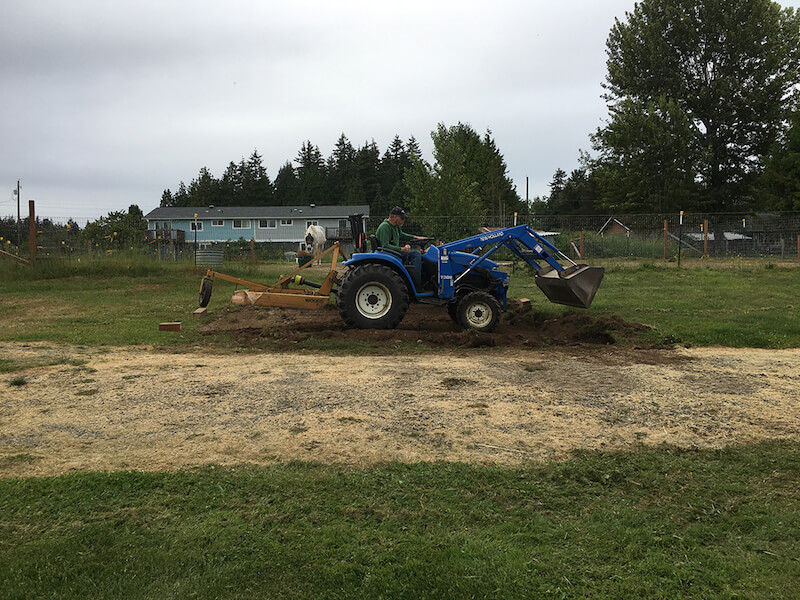Planning the To-do List and Locating Resources
by Alayne Blickle, Horses for Clean Water

In working with horse owners who are setting up small acreage for horse keeping, I often see a struggle between balancing the “to do” list and having enough time, money or other resources (such as technical assistance or access to farm equipment) and concerns over regulations. Many times things get so overwhelming that little progress is made towards improvements.
In this two part series I will go over the process I recommend to horse owners who want to set management goals for their property:
- Prioritize where to start
- Determine resources available
- Establish possible lines of financial assistance
First, begin prioritizing by listing out the improvements you’d like to do to your horse property. These might include:
- Creating a sacrifice area with geo-textile fabric and gravel footing
- Installing gutters and downspouts on barn
- Building compost bins
- Installing drainage around barn
- Cross-fencing pastures
With your list in hand, determine resources available. Conservation districts are one place to start. Conservation districts are local units of government established under state laws to carry out natural resource management programs at the local level. Nationwide they work with millions of cooperating landowners and operators to help manage and protect land and water resources on private and many public lands in the United States.
Conservation districts are in every county in the United States; they do not have regulatory authority nor do they levy fines. They provide free (yes, free!) technical assistance and education on a variety of natural resource issues. Helping horse owners get rid of mud in paddocks, choose the appropriate manure management option, and improve pastures are all practices they can help with. In many states they have slightly different names (for example, in Washington these entities are known as “conservation districts”; in Oregon and Idaho they are known as “soil and water conservation districts”; in California they are “resource conservation districts”).
To locate your conservation district do an internet search with your county name and “conservation district.” Your district office should be able to help you with identifying the small farm land management practices that need assistance on your place and they can direct you in setting priorities.
Other resources might be your local extension office, the Natural Resources Conservation Service, or a knowledgeable professional such as Horses for Clean Water.
Next month we conclude this article by further discussing conservation districts and how they can be a resource to horse owners who are working to set management goals for their property. We will also cover some possible lines of financial assistance.
Join Horses for Clean Water at a Pacific Northwest location near you to learn green horse keeping practices:
ISSAQUAH, WA
Saturday, February 25, 9 am to noon
WORKSHOP: Track paddocks, trail courses, slow feeders and other innovations for confinement area horse keeping. King Conservation District, 425-282-1949 or [email protected]
BLACK DIAMOND, WA
Thursdays, February 16 & 23 and March 1 & 8, 6:15 pm to 8:45 pm
Black Diamond Library
Workshops for Horse & Small Farm Owners
King Conservation District, 425-282-1949 or [email protected]
NORTH SKAGIT COUNTY, WA
Monday, February 27, 6 pm – 9 pm
PRESENTATION: Mud & Manure Management on Horse & Livestock Properties. Skagit Conservation District, 360-428-4313 or [email protected].
MAPLE VALLEY, WA
Saturday, March 3, 10 am to noon
FARM TOUR: Willow Creek
King Conservation District, 425-282-1949 or [email protected]
Published February 2012 Issue

Alayne Blickle began in the 1990’s as a pioneer in water conservation and natural resources conservation by creating the entrepreneurial consulting business, Horses for Clean Water, an award-winning internationally acclaimed education program that looks for horse-healthy, nature-based solutions to land management challenges. She continues this work today partnering with agencies, organizations, and horse owners throughout North America and worldwide. She is a regularly contributing writer and photojournalist to several equine publications.
Alayne lives with her horse trainer husband, Matt Livengood, in southwestern Idaho where they raise and train AQHA horses and mustangs on their eco-friendly horse ranch. Contact her through the Horses for Clean Water website or through their ranch website Sweet Pepper Ranch.
For more information contact Alayne at [email protected] or 206-909-0225.






